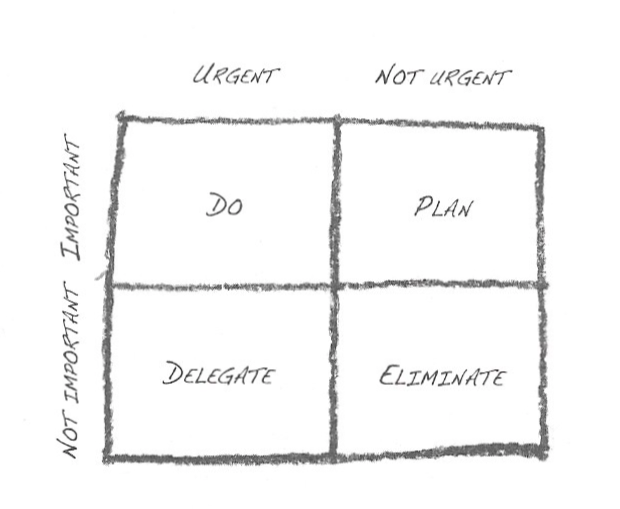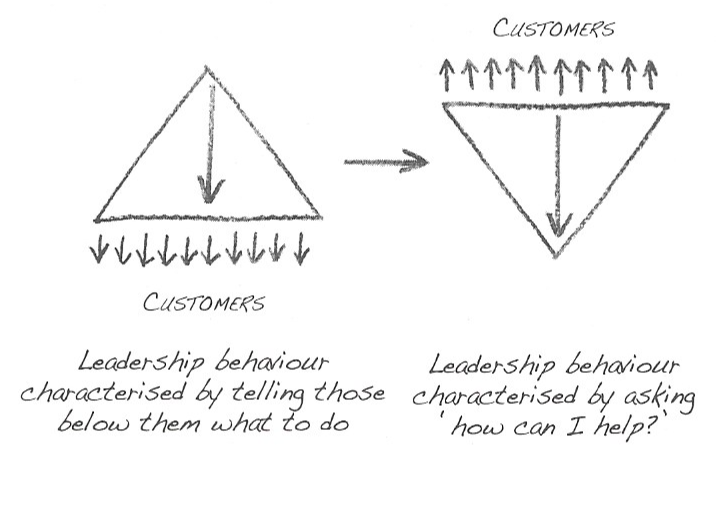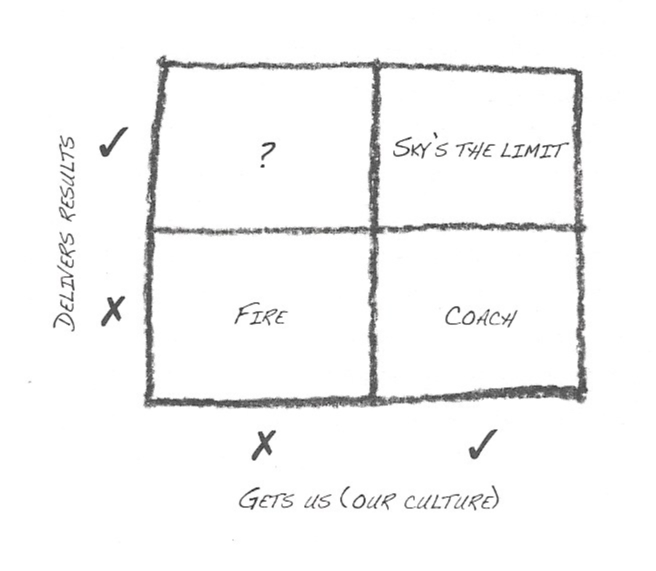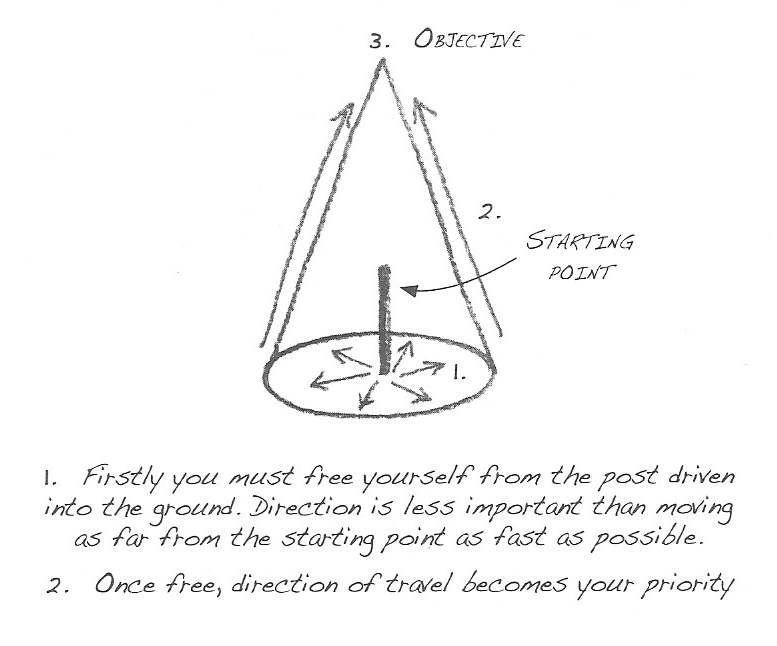The one sentence summary
Leadership is for everyone, and you can learn it by making effective decisions, building a great team, and taking care of yourself and others.
Can’t be bothered to read it? Listen to the 5-minute summary.
WHAT THE BOOK SAYS
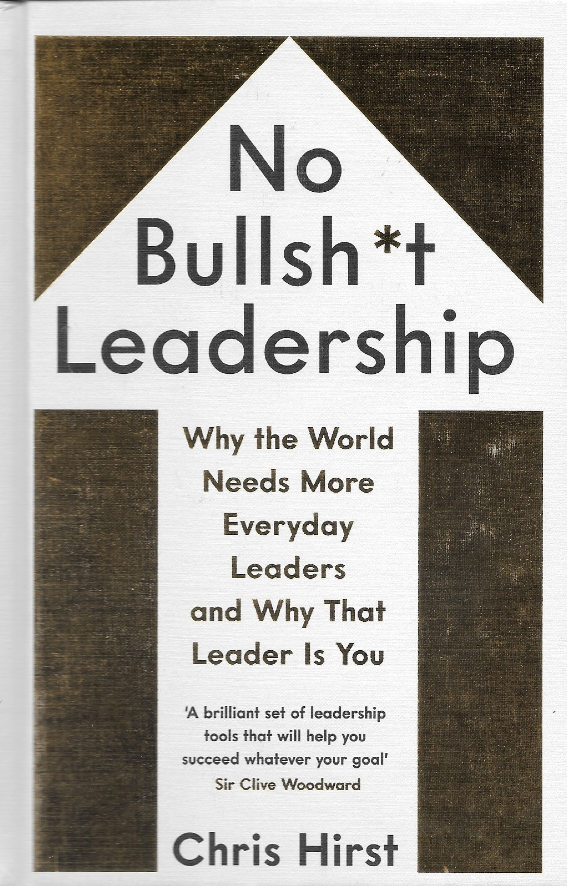
- Anyone who has people who depend on them is a leader, and we need more of them from all walks of life.
- Top-down, hierarchical leadership doesn’t work any more so we need a new way.
- The bullshit that surrounds the subject of leadership inhibits people from fulfilling their potential and excludes people from believing that they too could lead. No one is born a leader and there is no leadership type.
- Leadership is difficult but not complicated. It involves navigating a group of people from a defined starting point in the present to a different and simply defined state in the future. (see diagram)
- It is the art of getting stuff done. It is hill climbing, and it requires energy and resilience.
- Leadership impact = (objectives + strategy + team + values + motivation) x action. Nothing to the left of the x makes any difference if action = 0.
- Stay true to Colin Powell’s 40/70 rule: don’t take action if you have only enough information to be 40% right, but don’t wait until you are 70% certain because then you will have waited too long.
- Embrace the inevitability of error: the most wrong you can be is to not take enough decisions.
- Culture is the most powerful and defining characteristic of most organisations, but it often has little in common with the ‘values’ found on the website.
- A parent-child culture will underperform because it discourages people from taking decisions and thinking for themselves. Ask all subordinates: what do you recommend? This creates a nimble decision-making culture.
- Organisational culture is like concrete: to change it you have to take highly impactful and physical actions that provide totems – tangible reminders of change, such as moving or reorganising offices.
- Most companies are just buildings full of people. What makes one better than another is talent and culture. How good are you for the careers of the people who work for you? Can you create great teams that value stolid professionals and mavericks equally? Diverse teams win.
- Leaders must act as a shield to give confidence and protection to their team, and not be afraid to remove the wrong people. Do not shirk difficult conversations, or forget the easy ones – say thanks.
WHAT’S GOOD ABOUT IT
- There are some great diagrams: Eisenhower’s priority matrix, the inverted leadership pyramid, Jack Welch’s hire & fire grid, and the post and cone analogy (see diagrams)
WHAT YOU HAVE TO WATCH
- Nothing. You can read this in a day and get no-nonsense advice fast.

